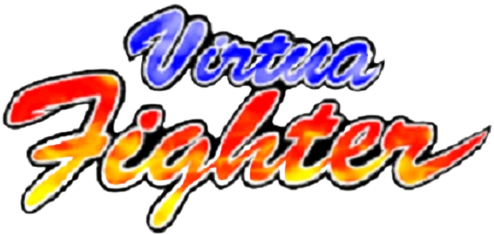
Jean
Practitioner of Karate
Karate (空手; "empty hand") is a Japanese martial art developed in the Ryukyu Islands (what is now Okinawa) under the influence of Chinese martial arts.
Description
Karate is predominantly a striking art, using punching, kicking, knee strikes, elbow strikes and open hand techniques such as knife-hands, spear-hands, and palm-heel strikes. Historically and in some modern styles grappling, throws, joint locks, restraints, and vital point strikes are also taught.
Styles
Karate began as a common fighting system known as Te (手, which is Japanese for "hand"). There were few formal styles of te, but rather many practitioners with their own methods: each area and its teachers had particular kata, techniques, and principles that distinguished their local version of te from the others. From these early styles originated many styles of modern Karate.
Some of the most notables include:
- Shōrin-ryū (小林流; "little forest way"): One of the oldest styles of Karate. "Shorin" is actually the Japanese pronunciation of "Shaolin" (小林). Shorin-Ryu is generally characterized by natural breathing, natural (narrow, high) stances, and circular, rather than direct movements. A peculiar feature in this system is how the student is taught to punch: there is not either a horizontal or vertical punch in Shorin-Ryu, punches are almost vertical, slightly canted to the inside, with the largest knuckle of the fore finger in vertical alignment with the second knuckle of the pinky finger. It is believed that this position is key in lining up the bones of the arm and creates a faster, more stable and powerful strike.
- Shotokan (松濤館; "pine-waves house"): As the most widely practiced style, Shotokan is considered a traditional and influential form of Karate. Shotokan is regarded as a dynamic martial art as it develops anaerobic, powerful techniques as well as developing speed. Initially strength and power are demonstrated instead of slower, more flowing motions. Those who progress to brown and black belt level develop a much more fluid style that incorporates grappling, throwing and some Aikido-like techniques. Was founded by Gichin Funakoshi: after years of study in Shorin-Ryu and Shōrei-ryū, Funakoshi created a simpler system that combined the ideals of both styles.
- Goju-Ryu (剛柔流; "hard-soft style"): This style features a combination of hard and soft techniques. This style incorporates both circular and linear movements into its curriculum, combining hard striking attacks such as kicks and close hand punches with softer open hand circular techniques for attacking, blocking, and controlling the opponent, including locks, grappling, takedowns and throws.
- Shitō-ryū (糸東流): A combination style, which attempts to unite the diverse roots of Karate. On one hand, it has the physical strength and long powerful stances of styles such as Shorin-Ryu and Shotokan; on the other hand, it also has the circular and eight-directional movements, breathing power, and hard and soft characteristics of styles such as Goju-Ryu. Shitō-ryū is extremely fast, but still can be artistic and powerful.
- Kyokushin (極真; "the ultimate truth"): A modern, fighting-sport oriented style also known as Full Contact Karate because of its emphasis on physical, full-force sparring fighting. Kyokushin is rooted in a philosophy of self-improvement, discipline and hard training.
Practitioners
External Links
- Karate at Wikipedia.
